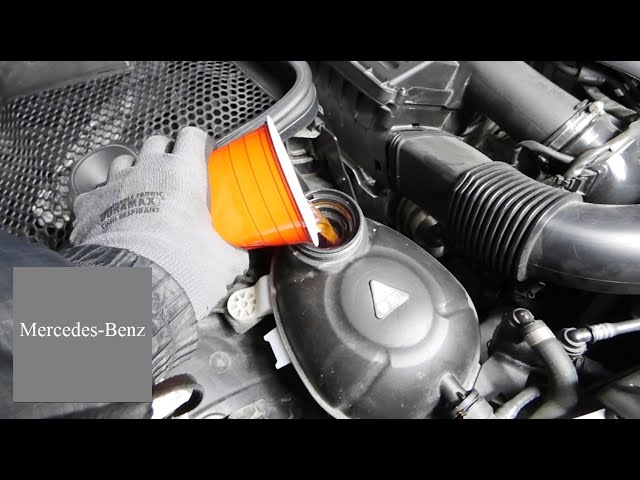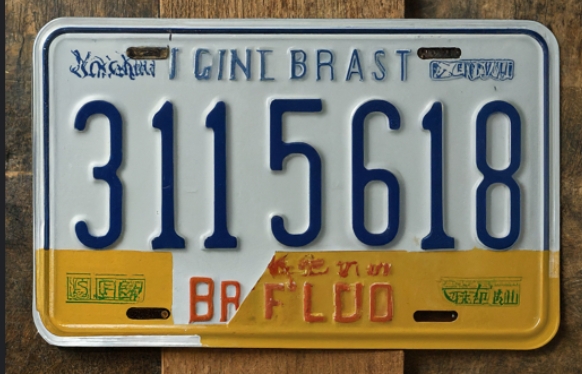Coolant for Mercedes C300: Essential Guide for Proper Maintenance
Maintaining the cooling system of your Mercedes C300 is crucial for the longevity and performance of your vehicle. The coolant, also known as antifreeze, plays a vital role in regulating engine temperature, preventing overheating, and protecting the engine from corrosion. In this blog, we’ll delve into the importance of using the correct coolant, how to check and replace it, and some tips for maintaining your C300’s cooling system.
Understanding Coolant and Its Importance
Coolant is a fluid mixture, typically composed of water and antifreeze, that absorbs heat from the engine and dissipates it through the radiator. In the Mercedes C300, the coolant performs several critical functions:
- Temperature Regulation: It helps maintain an optimal operating temperature, preventing the engine from overheating or freezing.
- Corrosion Prevention: Coolant contains additives that protect the engine and cooling system components from rust and corrosion.
- Lubrication: It lubricates the moving parts within the water pump and other components, reducing wear and tear.
Types of Coolant for Mercedes C300
Mercedes-Benz vehicles require specific types of coolant to ensure optimal performance and compatibility with the engine and cooling system. For the Mercedes C300, the recommended coolant type is typically a silicate-free, phosphate-free, and nitrite-free ethylene glycol-based coolant. The most commonly recommended coolant for Mercedes-Benz vehicles, including the C300, is the Mercedes-Benz Genuine Coolant (part number Q1030002 or Q1030004).
Why Use Genuine Mercedes-Benz Coolant?
Using genuine Mercedes-Benz coolant is crucial because it is formulated to meet the specific requirements of your vehicle’s engine and cooling system. It provides superior protection against corrosion, overheating, and freezing, ensuring the longevity and performance of your C300. Non-genuine coolants may contain additives that can react adversely with the materials used in Mercedes-Benz engines, leading to potential damage and reduced efficiency.
How to Check and Refill Coolant
Checking Coolant Levels
Regularly checking the coolant level in your Mercedes C300 is a simple yet essential maintenance task. Here’s how to do it:
- Park on a Level Surface: Ensure your vehicle is on a level surface and the engine is cool before checking the coolant level.
- Locate the Coolant Reservoir: Open the hood and locate the coolant reservoir. It is usually a translucent plastic tank with markings indicating the minimum and maximum levels.
- Check the Level: The coolant level should be between the minimum and maximum marks on the reservoir. If it’s below the minimum mark, you’ll need to add coolant.
Refilling Coolant
If the coolant level is low, follow these steps to refill it:
- Prepare the Coolant: Use the recommended Mercedes-Benz Genuine Coolant. If using a concentrated formula, mix it with distilled water in a 50:50 ratio.
- Remove the Cap: Slowly remove the coolant reservoir cap to release any built-up pressure.
- Add Coolant: Carefully pour the coolant mixture into the reservoir until it reaches the maximum mark. Avoid overfilling.
- Replace the Cap: Securely replace the reservoir cap.
- Run the Engine: Start the engine and let it run for a few minutes, then recheck the coolant level and top off if necessary.
Common Coolant Issues and How to Address Them
Low Coolant Levels
Low coolant levels can result from leaks in the cooling system, evaporation, or improper maintenance. Regularly checking and maintaining the coolant level is essential to prevent overheating and engine damage.
Coolant Leaks
Common signs of a coolant leak include puddles of coolant under the vehicle, a sweet smell, or the engine overheating. If you suspect a leak, inspect the radiator, hoses, water pump, and gasket for signs of damage. It’s crucial to address leaks promptly to avoid severe engine damage.
Contaminated Coolant
Over time, coolant can become contaminated with debris, rust, and other impurities. Contaminated coolant appears discolored and may contain particles. Regularly flushing and replacing the coolant according to the manufacturer’s recommendations can help prevent contamination and ensure the cooling system operates efficiently.
Maintenance Tips for Your C300’s Cooling System
Regular Inspections
Regularly inspect the cooling system components, including the radiator, hoses, water pump, and thermostat, for signs of wear or damage. Early detection of issues can prevent costly repairs and ensure your C300 runs smoothly.
Coolant Flush
Performing a coolant flush every 30,000 to 50,000 miles or as recommended in the owner’s manual helps remove old, contaminated coolant and replace it with fresh fluid. This process ensures optimal performance and prevents corrosion and overheating.
Use the Correct Coolant
Always use the recommended Mercedes-Benz Genuine Coolant or a compatible alternative that meets the specifications outlined in the owner’s manual. Using the wrong type of coolant can lead to compatibility issues and potential engine damage.
Conclusion
Proper maintenance of the coolant system in your Mercedes C300 is essential for ensuring optimal performance, preventing overheating, and extending the lifespan of your vehicle’s engine. By using the recommended coolant, regularly checking and refilling the coolant, and addressing any issues promptly, you can keep your C300 running smoothly and efficiently. Taking these steps will help you enjoy the luxury and performance that Mercedes-Benz vehicles are known for.




Post Comment